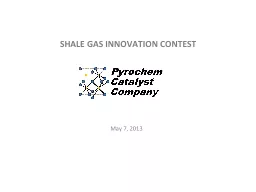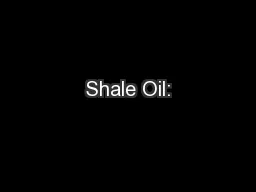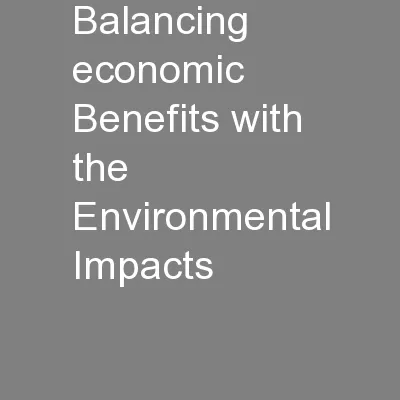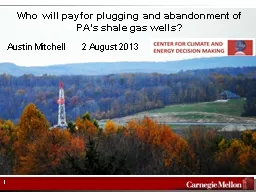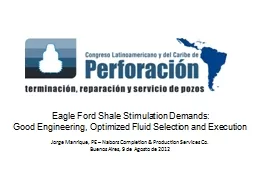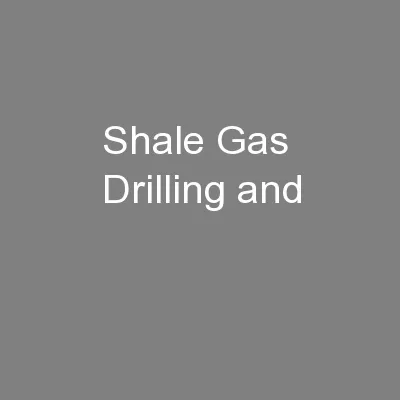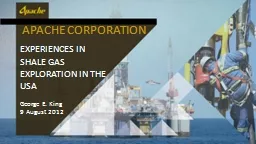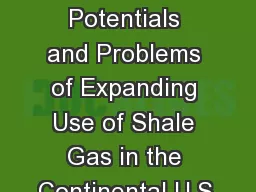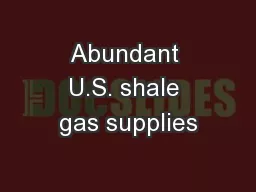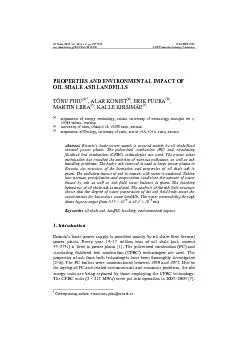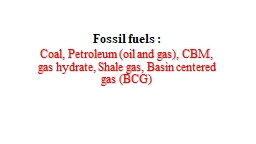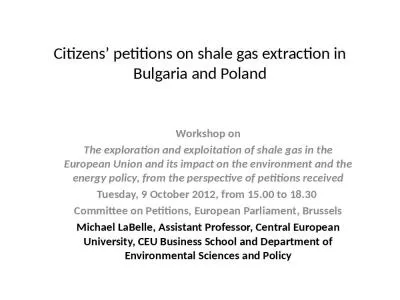PPT-SHALE GAS INNOVATION CONTEST
Author : yoshiko-marsland | Published Date : 2017-10-28
May 7 2013 Company Incorporated the State of Delaware in May 2011 Exclusive License Agreement signed with NETL US 8241600 Pyrochlore catalysts for hydrocarbon
Presentation Embed Code
Download Presentation
Download Presentation The PPT/PDF document "SHALE GAS INNOVATION CONTEST" is the property of its rightful owner. Permission is granted to download and print the materials on this website for personal, non-commercial use only, and to display it on your personal computer provided you do not modify the materials and that you retain all copyright notices contained in the materials. By downloading content from our website, you accept the terms of this agreement.
SHALE GAS INNOVATION CONTEST: Transcript
Download Rules Of Document
"SHALE GAS INNOVATION CONTEST"The content belongs to its owner. You may download and print it for personal use, without modification, and keep all copyright notices. By downloading, you agree to these terms.
Related Documents

